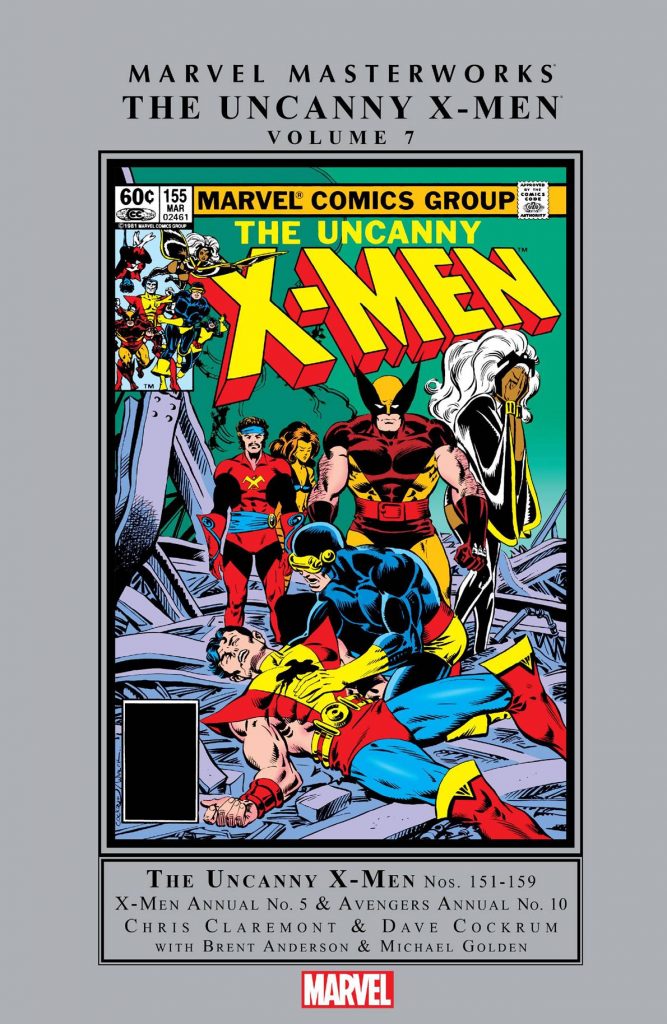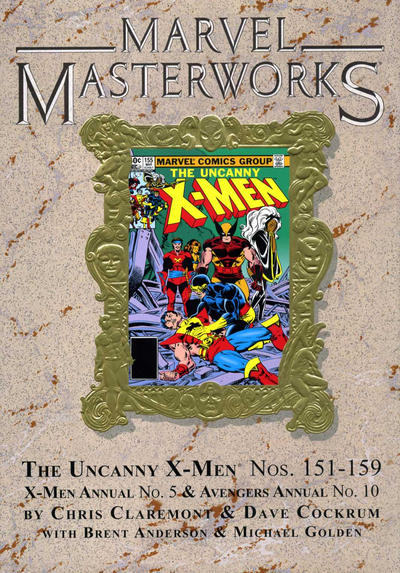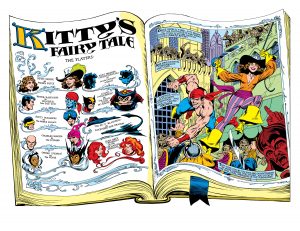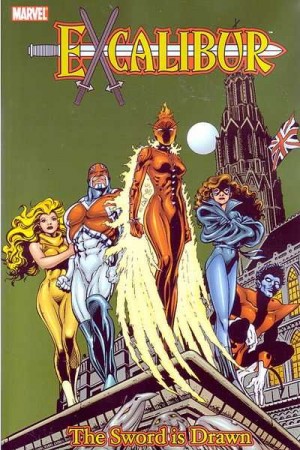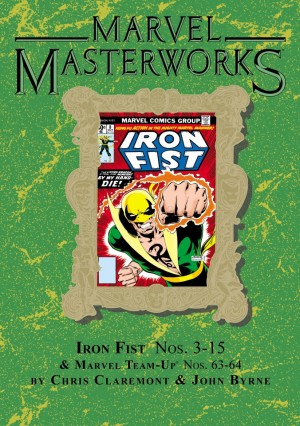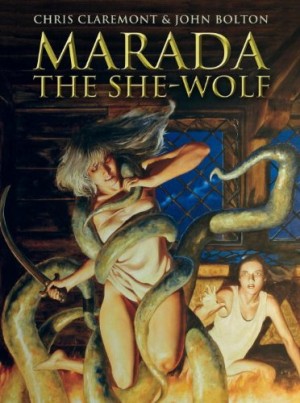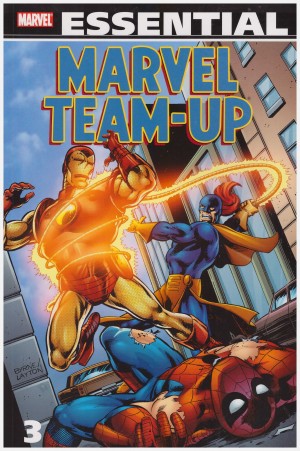Review by Frank Plowright
It’s perhaps a surprise to see an X-Men Masterworks volume open by reprinting an Avengers annual, but it was written by Chris Claremont, and it introduces Rogue and returns Mystique, both of whom are important to X-Men continuity and feature later in this collection. Besides the strong X-Men connections, and in addition to a good use of the team themselves, it’s a cracking story beautifully drawn by Michael Golden. Rogue’s Southern accent would be become a cliché through overuse, but Claremont wasn’t to know that when he attempted to differentiate a new character via distinctive vocal patterns. It’s widescreen superhero action, with the added bonus of Claremont passionately laying out the insidious nature of an earlier Avengers story. It’s strange, then, that the following X-Men piece starts with the Fantastic Four and Susan Storm complaining of slaving all day in a hot kitchen. Also now transmitting as clumsy is Claremont repeatedly having people infatuated with Storm, sometimes reciprocated. Intended to indicate the allure of a powerful woman facing the world on her own terms, time hasn’t treated his interpretation kindly.
For a series until this point a model of artistic continuity, a sudden influx of guest artists is problematical, all of them having problems with the sheer number of characters and unable to declutter their pages. The fill-ins ensure the quality of Dave Cockrum’s art is maintained on the remainder. at least in the short term. His sample art comes from another of Claremont’s innovations, recasting the X-Men in a fairy tale, this time an Arabian pirate fantasy. The enjoyment of X-Men fairy tales faded with repetition, but this is charming fun with some of the transformations inspired, and Cockrum clearly loved drawing it.
In their entirety the ten stories balance superhero sub-genres, science fiction and the gothic horror of the X-Men taking on Dracula accompanying the fantasy and straightforward superhero action, and Claremont’s way with characterisation stands the test of time for the most part. The emoting thought balloons are sometimes overwritten, but the basis for them is generally sound, with a good example being the clash between Cyclops and his long absent father. Cyclops’ resentments are obvious, but Claremont’s careful to ensure the other side of the disagreement is also understandable. That’s part of a four chapter space opera, extended too long, and with an all too facile use of seemingly killed or irreparably injured X-Men.
Moving the X-Men’s headquarters to Magneto’s former Bermuda Triangle base (see Vol. 6) is logical given their old base being a target, the inclusion of the Starjammers is fun, and Carol Danvers is well used beyond her powerful appearance in the opening story. That continues in Vol. 8, but too much of this selection lacks any real spirit, containing many interesting ideas either never realised or swamped by lesser notions, and the Dracula story is a duffer.
These stories can alternatively be found in black and white, in Essential X-Men volume three.
